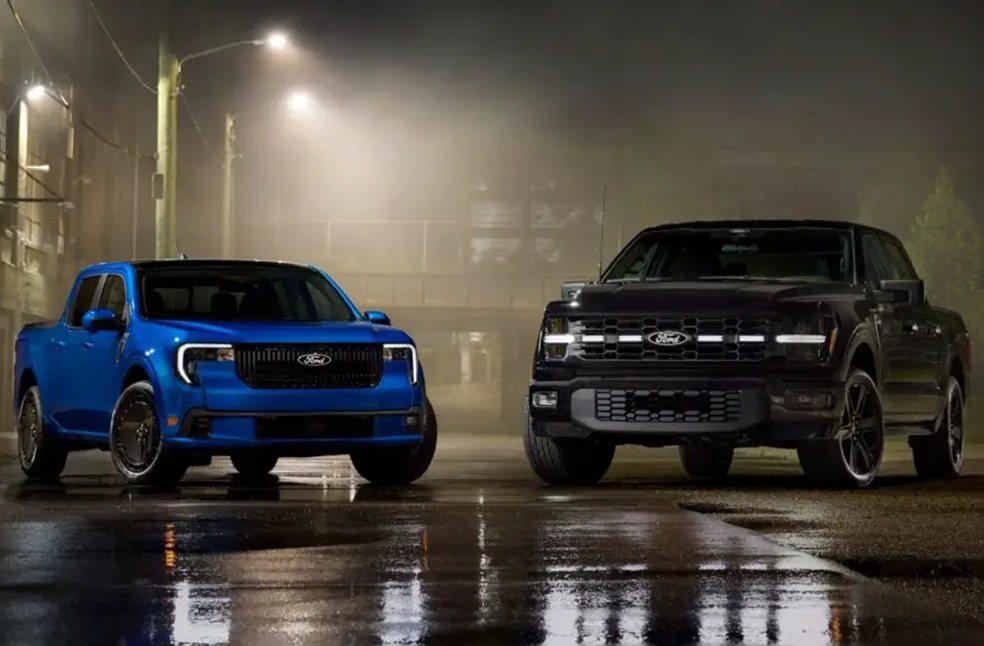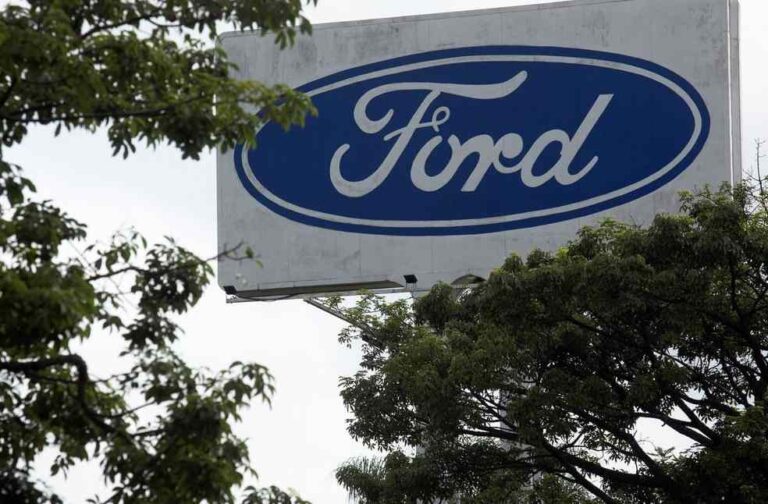Ford unveiled what it calls its ‘Model T moment’ on Monday—a breakthrough that goes beyond a single vehicle or lineup. The company introduced its new ‘Universal EV Platform’ and the ‘Ford Universal EV Production System,’ which together will serve as the foundation for a lineup of budget-friendly electric vehicles. The first to debut on this new system will be a mid-size electric truck, slated for release in 2027.
The automaker also revealed plans to invest around $5 billion across two key sites, the Louisville Assembly Plant in Kentucky and Michigan’s BlueOval Battery Park, to support the launch of the ‘Ford Universal Electric Vehicle Platform.’ The investment is part of Ford’s broader strategy to overhaul its approach to assembly line manufacturing.
According to CEO Jim Farley, the truck is just the beginning, with additional models in the pipeline, including a hatchback, crossover, van, and a three-row SUV, all expected to launch at similar price points.
Described as a groundbreaking development for Ford, the Universal EV Platform, engineered through a three-year skunkworks project, will make its debut in a mid-size, double-cab electric pickup truck priced at $30,000.

The new $30,000 electric pickup will be part of Ford’s next-generation EV lineup and will be manufactured at the Louisville Assembly Plant, which is undergoing a $2 billion upgrade to accommodate the new production demands. According to Ford, the truck will offer more passenger space than the latest Toyota RAV4, along with a front trunk (frunk), a traditional bed, and performance that outpaces the Mustang EcoBoost, which reaches 0 to 60 mph in about five seconds.
While Ford hasn’t shared technical details about the new platform yet, Farley confirmed that the pickup will use prismatic lithium-iron-phosphate (LFP) battery cells, produced at the BlueOval Battery Park. According to Farley, the battery setup will deliver an ‘amazing’ driving range and store enough energy to power a home for up to six days. Ford is the first automaker to manufacture prismatic LFP batteries in the U.S., a move expected to lower production costs and increase interior space.

The truck’s official name hasn’t been revealed, but trademark filings uncovered by Ford Authority suggest it might be called the Ranchero, a nod to Ford’s classic two-door pickup sold between the 1950s and 1970s.
Farley also highlighted the efficiency of the new platform, noting it uses 20% fewer parts than the average vehicle. Additionally, it features 25% fewer fasteners, requires 40% fewer workstations from dock to dock in the factory, and enables a 15% faster assembly time, streamlining production and boosting overall efficiency.
Ford’s Model T moment also refers to a major shift in how its new EVs will be built. Instead of a traditional linear assembly line, Ford is introducing an ‘assembly tree’ system, where three sub-assemblies are built in parallel and then merged at the end. The approach enables the use of large, single-piece aluminum castings to replace smaller parts, making it possible to assemble the front and rear sections of the vehicle separately.
DON’T MISS | CATL Halts Yichun Mine Operations After License Expiration





